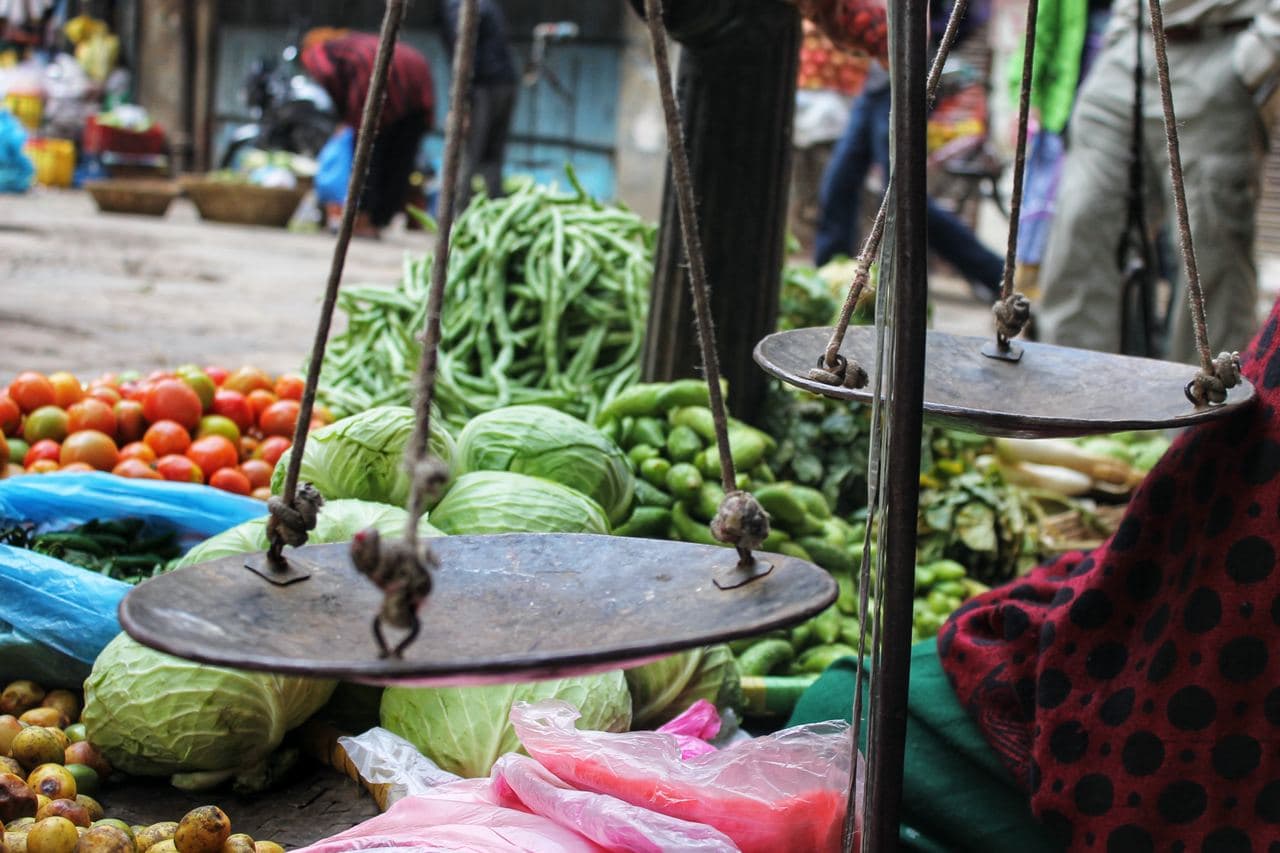Inflation | Macroeconomics | Living Costs

INFLATION IS RUNNING HOT in Nepal. It stands at 5.03%, compared with 3.60% last year. Rising prices in petroleum, service, transport, foods have pushed inflation to uncomfortably high levels. But the most obvious is food prices. Soaring energy costs have also been the biggest contributor to the inflation surge in Nepal.
Food and beverage inflation is 4.92%; non-food and service inflation is 6.23%. The prices of ghee and oil rose by 21.22%; transportation by 14.07%; alcoholic drinks by 11.37%; tobacco products by 10.48%; and pulses and legumes by 9.22%, in the sixth month of the current fiscal year, y-o-y.
Growth has mostly resumed, and businesses have already reopened at its pre-pandemic level. Unemployment rate is declining. But recoveries have not followed a straight path. This in turn has pressured the government to spend more on relief programmes for sectors hardest hit by COVID-19. Likewise, the central bank has made provisions for loan restructuring and extended the loan repayment and interest payment.
Economic recovery is boosting tax receipts in the country, improving the public finances that were battered by COVID-19. Still, fiscal deficits remain large. The government plans to borrow more public debt to finance its projects. Its public debt rose from Rs 698 billion to Rs 1,729 billion between 2016 and 2021.
What explains the current inflationary pressure is the combination of global supply disruptions (though not as severe as they are in the West), more money circulating in the economy (the amount of money in circulation has risen by 2.8% compared with last year) and a burgeoning economic recovery at home. They are all helping to drive consumer prices higher. High demand has not been met with adequate supply.
General public—with recent experience of bouts of high inflation—think prices will continue rising. A last year NRB survey showed that most people expected prices of goods and services to rise 11.3% over the next year.
Though the central bank has adopted an expansionary monetary policy to prop up the pandemic-stricken economy, it has increased interest rates by 0.5% to fight inflation arising from such policy. But to no avail.
Recent exchange-rate fluctuations, though modest, coupled with global inflation surge contributed to higher import prices, adding to inflationary pressure. And higher import prices get passed on to consumers. Since the beginning of the year the Nepali rupees has weakened against the dollar by about three percent. Global supply constraints, caused by the fast reopening of international trade at a time when the pandemic is still closing down factories, have meant shortages of consumer goods and higher costs.
Hikes in food prices in Nepal could be also attributed to the decline in local agricultural production due to disasters made frequent by climate change, such as floods, unsuitable weather for agriculture and high costs of fertilizers, among others. And increased remittance inflow, too, has raised the demand for foods, which in turn hiked its prices.
India, too, has seen its inflation rise above the RBI’s target. Inflation there is above 6%, as increasing prices of food and fuel have pushed the CPI. Nepal’s imports of more than 60% from India means some of India’s inflation spilling over to Nepal.
Controlling inflation is primarily the central bank’s job, but even if it intervenes to curb the rising inflation, it may not achieve much. For instance, it cannot influence energy prices, as they are determined by global trends, unlike most other goods and services.
So far the central bank seems to be in a “wait and see” position. Already the country is in a liquidity crisis, therefore the idea of raising interest rates to fight soaring inflation may not appeal, as it is a tough medicine and interest rate increases pose a risk to economic recovery. Slower growth in turn hurts the government revenue. Higher interest rates also raise the borrowing costs for the government.
Soaring inflation could slow later, as supply catches up with demand. But how quickly that will happen is uncertain. Perhaps the greatest source of uncertainty will come from volatile food prices and supply bottlenecks. There is also a risk of new disruptions, like new Covid-19 outbreaks or unfavorable weather conditions for agriculture. Still, policymakers expect price gains to moderate ultimately. But a slowdown in inflation cannot come sooner.
Read More Stories
Kathmandu’s decay: From glorious past to ominous future
Kathmandu: The legend and the legacy Legend about Kathmandus evolution holds that the...
Kathmandu - A crumbling valley!
Valleys and cities should be young, vibrant, inspiring and full of hopes with...
Inside Nepal’s visit visa scandal and tainted home ministry
Nepals tightening of its documentation for outbound labour migration was supposed to curb...